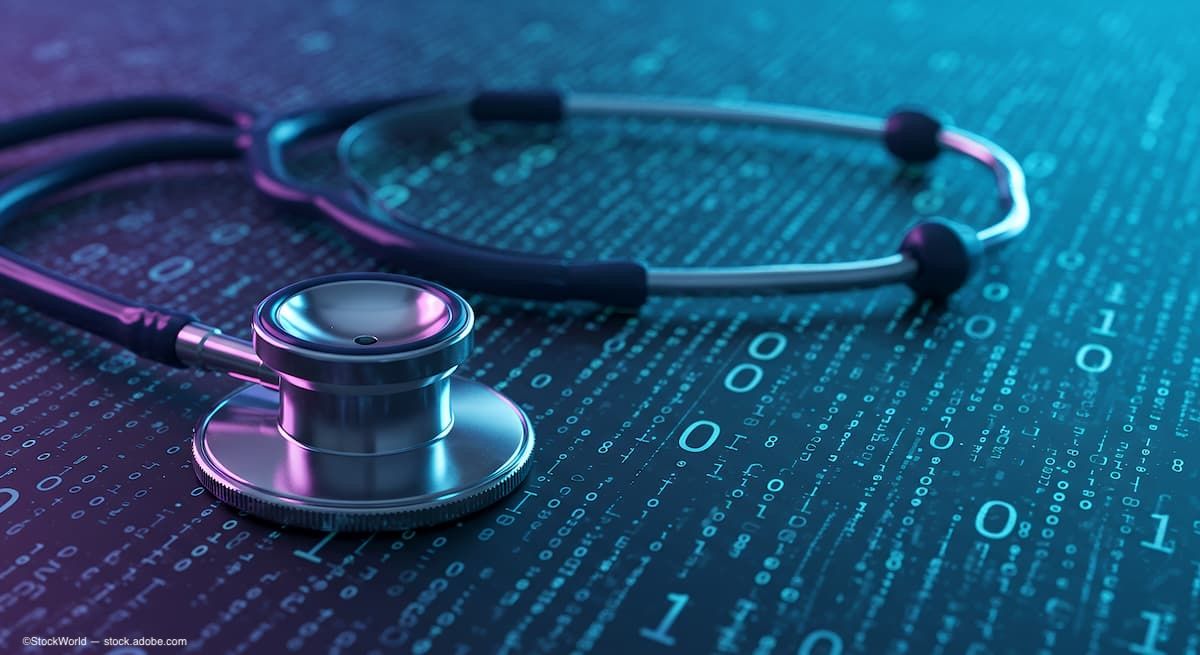Article
LASEK, LASIK safe, effective for myopic astigmatism
Las Vegas-Both LASEK and LASIK are safe, predictable, and effective modalities for correcting low to moderate myopia and astigmatism. Results of a large retrospective study directly comparing the two techniques, however, show some advantages of LASEK in terms of achieving better accuracy and vision outcomes, said Seyed Javad Hashemian, MD, here at refractive surgery subspecialty day, part of the annual meeting of the American Academy of Ophthalmology.

"Our data suggest that either procedure can provide excellent efficacy and safety overall. However, from a practical perspective, there are certain clinical situations where LASEK may be preferred," said Dr. Hashemian, chairman, Department of Ophthalmology, Negah Eye Center, Fajr Hospital, Tehran, Iran. "Those [situations] might include patients with thin corneas that need large corrections, individuals with small palpebral fissures or deep-set eyes, persons with tear deficiency, those with a history of recurrent corneal erosion, or those at higher risk for corneal trauma."
The retrospective analyses included data from eyes with up to –5.00 D of mean refractive spherical equivalent (SE) and up to –3.00 D of cylinder, of which 1,294 were treated with LASIK and 1,098 with LASEK. One surgeon performed all of the procedures.
Techniques
Techniques were as follows:

For LASEK, a standard, round, 8.0-mm corneal marker was used, and 20% alcohol was instilled inside an 8.5-mm cone for 20 seconds. The solution was absorbed using a dry sponge, and the cornea was washed with balanced salt solution (BSS). The epithelial flap was gently lifted with an epithelial microhoe and was peeled back as a single sheet toward the 12 o'clock position.
The laser treatment was performed using the surface ablation nomogram, and the flap was washed with BSS before being carefully repositioned with a spatula. A therapeutic soft contact lens was placed on the eye, and the eyes were treated immediately with a nonsteroidal anti-inflammatory agent, betamethasone, and chloramphenicol. Continued postoperative care included fluorometholone, artificial tears, and chloramphenicol. Eyes were checked daily for epithelial healing.
In both groups, follow-up visits were conducted at 1 week, 2 and 6 months, and 1 and 2 years. Mean follow-up was 16.7 months in the LASIK eyes and 9.4 months for the LASEK group.
UCVA results
The first uncorrected visual acuity (UCVA) results, collected at 1 day postop in the LASIK eyes and after 1 week in the LASEK eyes, were comparable. UCVA of 20/20 or better was achieved in 86.2% of LASIK eyes and in 83.7% of LASEK eyes. UCVA of 20/40 or better was achieved in more than 99% of eyes in both groups.
Newsletter
Don’t miss out—get Ophthalmology Times updates on the latest clinical advancements and expert interviews, straight to your inbox.




